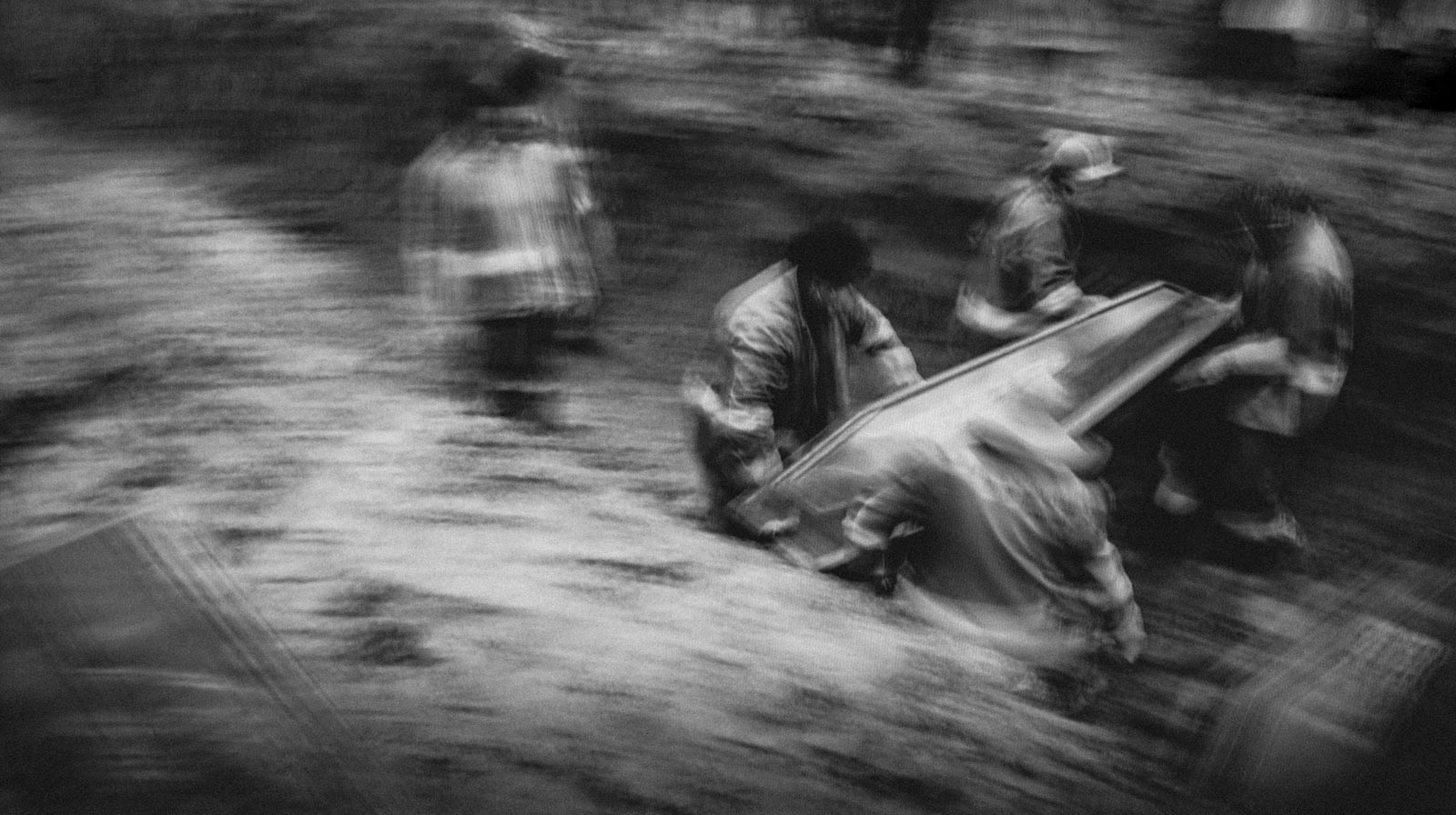The pervasive manifestation of the Freudian archetype, the woman ensconced within the complex intricacies of narcissistic self-absorption, resonates with an unparalleled profundity when one contemplates the oeuvres of renowned artists. Analogous to the Lacanian conception of femininity, an elusive motif entwined inexorably with the caprices and fantasies of the opposite sex, the semblance of femininity summoned forth in their artistic renditions appears naught but a circumscribed spectacle, an existence solely hewn as a representative construct of masculine desire. Through the prism thus fashioned by the philosophical perspicacity of Foucault, Derrida, Deleuze, and Guattari, a consonance materializes between the oeuvres of myriad artists and the feminist perspective, wherein the aforementioned theorists’ diatribes against Western stratagems of marginalization and exclusion, their aspersions cast upon phallocentrism, and their unveiling of the “body without organs” find resonant echoes.
Foucault’s sagacious analyses of the labyrinthine machinery of power and knowledge within Western societal constellations cast luminosity upon the stratagems employed to marginalize and ostracize specific cohorts, most notably women. His scrutinization of disciplinary power, with its propensity to incarcerate individuals within the precincts of their own subjectivities, mirrors the artists’ portrayals of the narcissistic woman ensnared in an egocentric existence. These artistic compositions beckon us to ponder how societal structures and norms mould and circumscribe femininity, consigning women to the status of objects of desire rather than autonomous agents.
Derrida’s critique of phallocentrism resonates analogously with the feminist construal of the artistic productions of a myriad of artists. The indictment of phallocentrism accentuates the predominance of male perspectives and desires in the formulation of societal structures and artistic representations. The female form is predominantly cast through the prism of male desire, despite the aesthetic allure of the works of art, which ostensibly perpetuate this power asymmetry. Derrida’s insights compel us to interrogate the underlying assumptions and power differentials that inform such artistic depictions, necessitating our engagement in a process of deconstructing the prevailing narrative.
One is compelled to contemplate the intricate nexus between representation, power, and subjectivity when one scrutinizes the discourse surrounding the artistic output of sundry individuals and its consonance with a feminist perspective. Art, as a microcosm of broader societal dynamics, perpetuates and reflects prevailing power structures, which feminist theorists have endeavored to unveil and subvert. Through the theoretical elucidations of Foucault, Derrida, Deleuze, and Guattari, one unravels the complex web of signifiers and signifieds, thereby laying bare the latent power asymmetries and patriarchal norms permeating artistic representations.
The Lacanian conceptualization of femininity as a circumscribed spectacle erects a formidable obstacle, compelling introspection on the functionality of representation and its ramifications for gender dynamics. How, one wonders, can an artist transcend the confines of a rigorously masculine gaze and cultivate an environment that subverts conventional power dynamics? One aspires to challenge and emancipate women through artistic praxis by presenting them as multifaceted individuals, emancipated from objectification and existing for motives beyond the satiation of male desire.
The critique of phallocentrism by Derrida resonates profoundly with one’s artistic vision, prompting the acknowledgment of the power dynamics inextricably intertwined within representation and necessitating the dismantling of inherent biases and assumptions underpinning artistic creation. By embracing a spectrum of perspectives and narratives, one endeavors to transcend phallocentrism and engender art that resonates universally, irrespective of gender.
In the realm of artistic praxis, Deleuze and Guattari’s conception of the “body without organs” evokes a sense of liberation and boundless potential. One is galvanized by the notion of deterritorialization, wherein boundaries dissolve, and novel forms of existence burgeon. Through a meticulous examination of the historical condition of women as a “body without organs,” one aspires to defy societal norms and reimagine femininity as a fount of resilience and autonomy. The objective is to contribute to a more inclusive and equitable artistic milieu by amplifying silenced narratives and illuminating the intricate tapestry of women’s experiences.
When one contemplates these theoretical perspectives and their ramifications for one’s artistic enterprise, one is reminded of the weighty responsibilities inherent to the artist’s vocation. Through the instigation of cogitation, the probing of norms, and the inauguration of discourse pertaining to gender, representation, and power dynamics, transformative change can be effected. Via artistic expression, one seeks to craft a realm wherein diverse voices can reverberate, thereby empowering individuals to scrutinize and reimagine societal structures.
These conceptual frameworks steer the inquiry into the narcissistic woman, the circumscription of femininity, and the subversion of power dynamics. By amalgamating diverse theoretical foundations with personal experiences and artistic vision, one aspires to fabricate transformative and empowering artistic compositions that challenge hegemonic narratives and contribute to an ongoing dialogue concerning gender, representation, and parity.
BIBLIOGRAPHY:
Judith Butler, “Gender Trouble: Feminism and the Subversion of Identity” (United States)
Laura Mulvey, “Visual and Other Pleasures” (United Kingdom)
Simone de Beauvoir, “The Second Sex” (France)
Bell Hooks, “The Feminist Theory: From Margin to Center” (United States)
Hélène Cixous, “The Laugh of the Medusa” (France)
Linda Nochlin, “Women, Art, and Power: And Other Essays” (United States)
Griselda Pollock, “Vision and Difference: Femininity, Feminism, and Art” (United Kingdom)
Rosalind Krauss, “The Originality of the Avant-Garde and Other Modernist Myths” (United States)
Julia Kristeva, “Powers of Horror: An Essay on Abjection” (France)
Lucy Lippard, “From the Center: Feminist Essays on Women’s Art” (United States)
